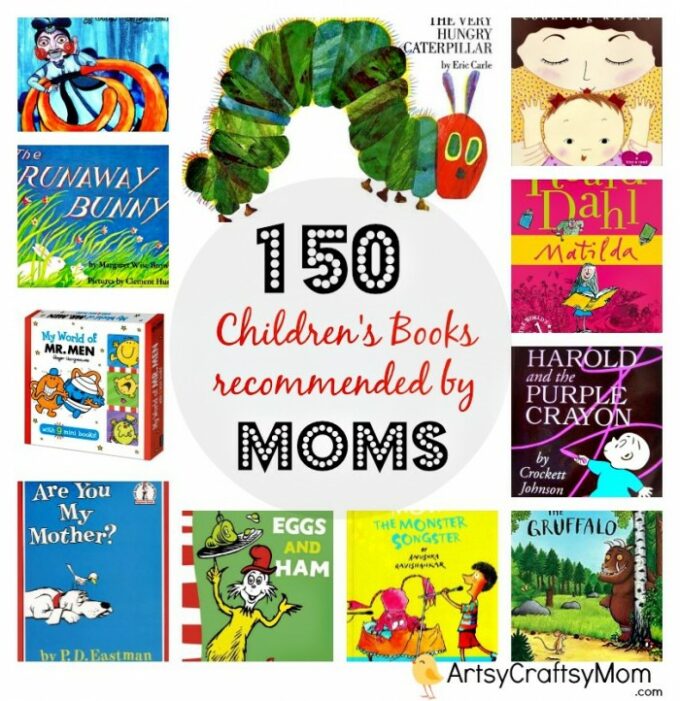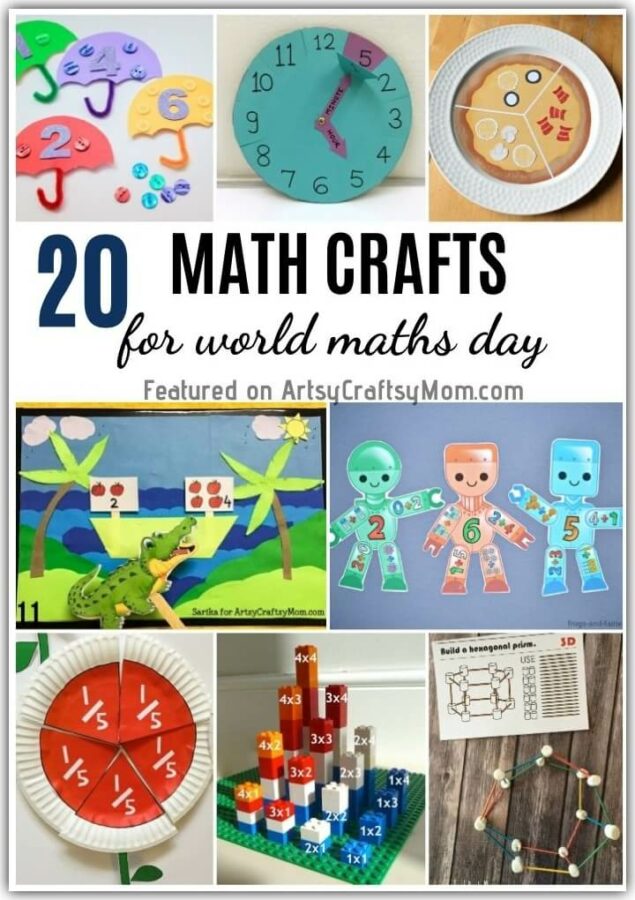The Mahabharata, a child’s view
Published by Tara Books.
Most Indian children know of some stories from the Mahabharata, usually told as bedtime stories. Often, though, the themes of these stories may be beyond a child’s comprehension. Rich, and layered as these are, with generous dollops of nastiness, gore, moral dilemmas, philosophy, and existential questions, it may be sometimes near impossible for even the most committed-to-storytelling parent to simplify them enough for the consumption of a young child. I often found myself telling my daughter the same ‘Bakasur and Bim’ and ‘Arjun and the bird in the tree’ and other such stories over and over again.
Enter Samhita Arni’s MAHABHARATA – a child’s view. The book begins with the story of Shantanu and Ganga, and the birth of Bheeshma, the grand old man of the epic. It goes on step by logical step from here, right up to the story of the Pandavas and Draupadi making their way towards heaven through the Himalayas, and the story of Pareekshit, Arjuna and Subhadra’s grandchild. With an illustrated family tree at the beginning, that clarifies all the complex who’s who at a glance, and the no-nonsense narrative that by-passes all adult dilemmas by meeting them head-on.
So what, here, is different, one would say? The fact that the writer, Samhita Arni, was just 13 when she wrote these stories, and illustrated them too. Samhita first read stories from the Mahabharata, and more, when she was just 4. She had also watched Peter Brook’s version, and the TV series, and somewhere in her mind, had subconsciously began to distil them into what she wrote – a clearly larger influence of Peter Brook’s drama can be seen. Around the time she was 11 or so, she began dictating her stories to her grandmother,
who would write it down in an old diary. Soon, Samhita began writing them herself, and many other stories, on bits of loose paper and old notebooks. Her mother found this work, and showed it to Gita Wolf of Tara books, who was fascinated by this work. As she says in a foreword, “The epic and mythic quality that marks Samhita’s text is at once child-like and profound in its appeal…Samhita does not merely narrate. She exhibits feeling for her character, judges their actions, while remaining faithful to the epic, as many of us know it.”
This book is a fabulous addition to any child’s personal library, the perfect place to go to for an early introduction and grounding in the great epic.


.png)












Responses